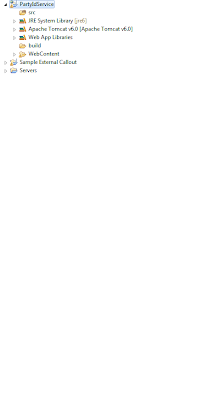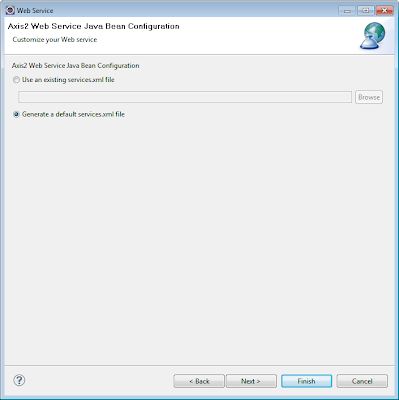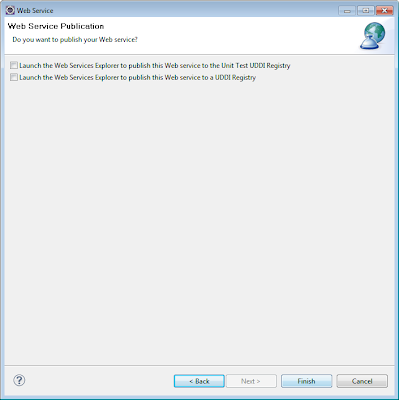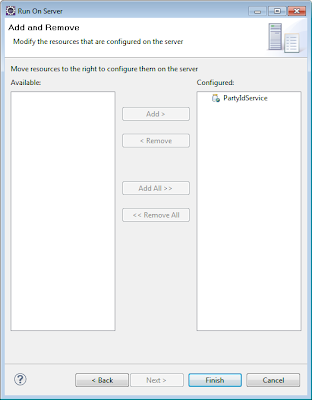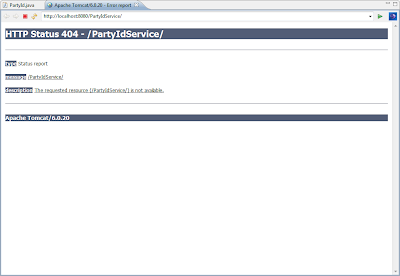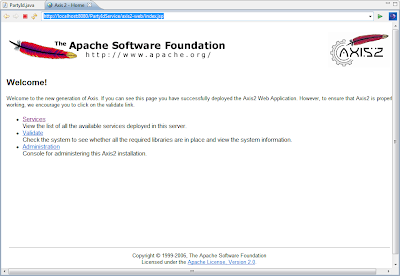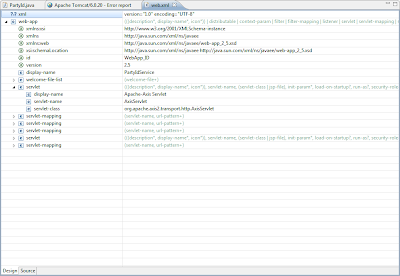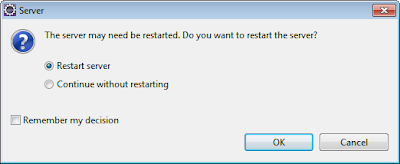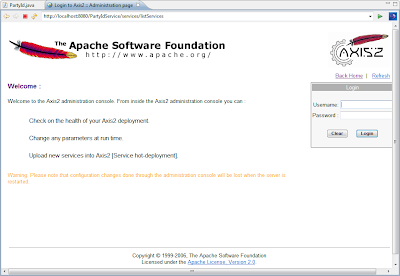For new project, I have to build an SOA layer in front of an engine that serves offers. The SOA layer will communicate via webservice as well.
Here's how I did it:
1. In eclipse, create a Dynamic Webcontent Project as a placeholder for the code stubs I am going to generate from my WSDL:






2. Get the WSDL and XSD files of the webservice you need to implement to the root project folder:
InteractService.wsdl

3. Use WSIMPORT to generate the code stubs. Eg. command I used:
"C:\Program Files (x86)\Java\jdk1.6.0_21\bin\wsimport" InteractService.wsdl -s src -d build\classes

4. Go back to Eclipse and refresh the project and you can see the source files generated:
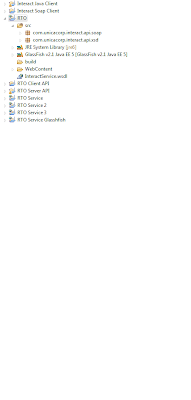
5. In eclipse, create new a Dynamic Webcontent Project for my SOA layer:
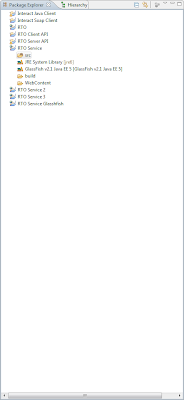
6. Create and empty package for it:
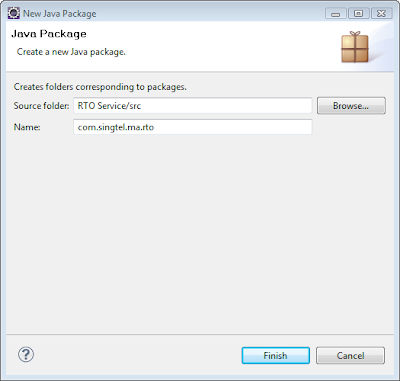
7. Create my interface and implementation classes for the SOA:
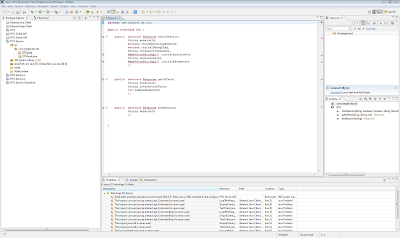
8. Copy the required classes especially those that passes the objects as request and response:

9. Import the right package:

10. Ensure all the annotations are correct:
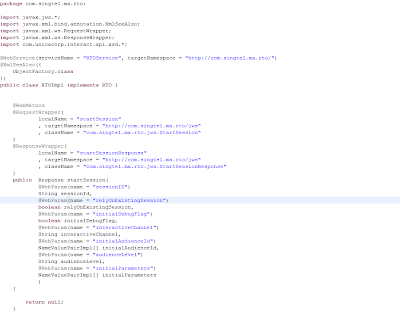
11. Build the project and ensure the classes are generated:
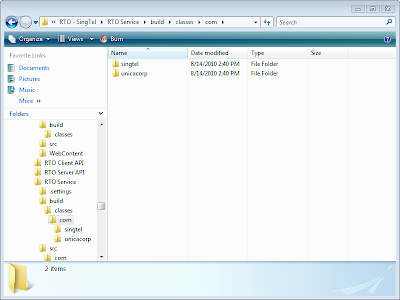
12. Generate the WSDL and artifacts using the following command:
"C:\Program Files (x86)\Java\jdk1.6.0_21\bin\wsgen" -cp ../build/classes -r ../WebContent -s . -d ../build/classes -keep com.singtel.ma.rto.RTOImpl -wsdl
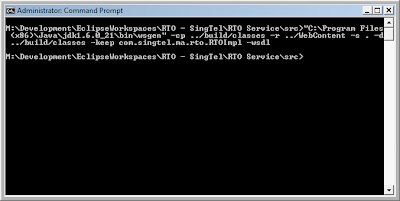
13. Check that the classes are generated:

14. Create the war file for deployment:
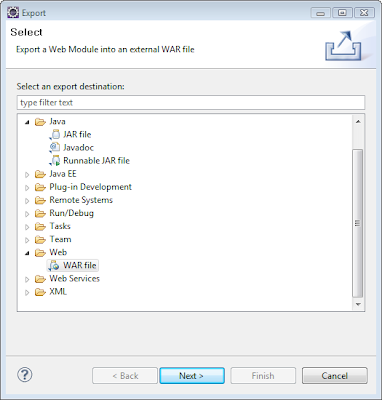
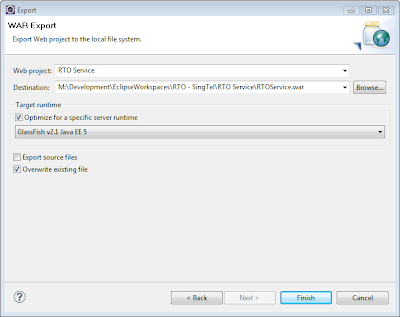
15. Deploy on Glassfish:

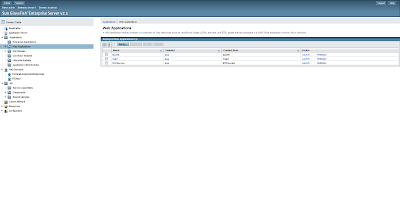
16. Check that the Webservice is registered:

17. And the WSDL can be seen:
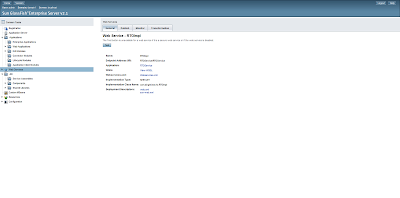
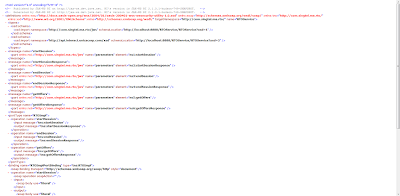
18. And there is a test inteface:




















